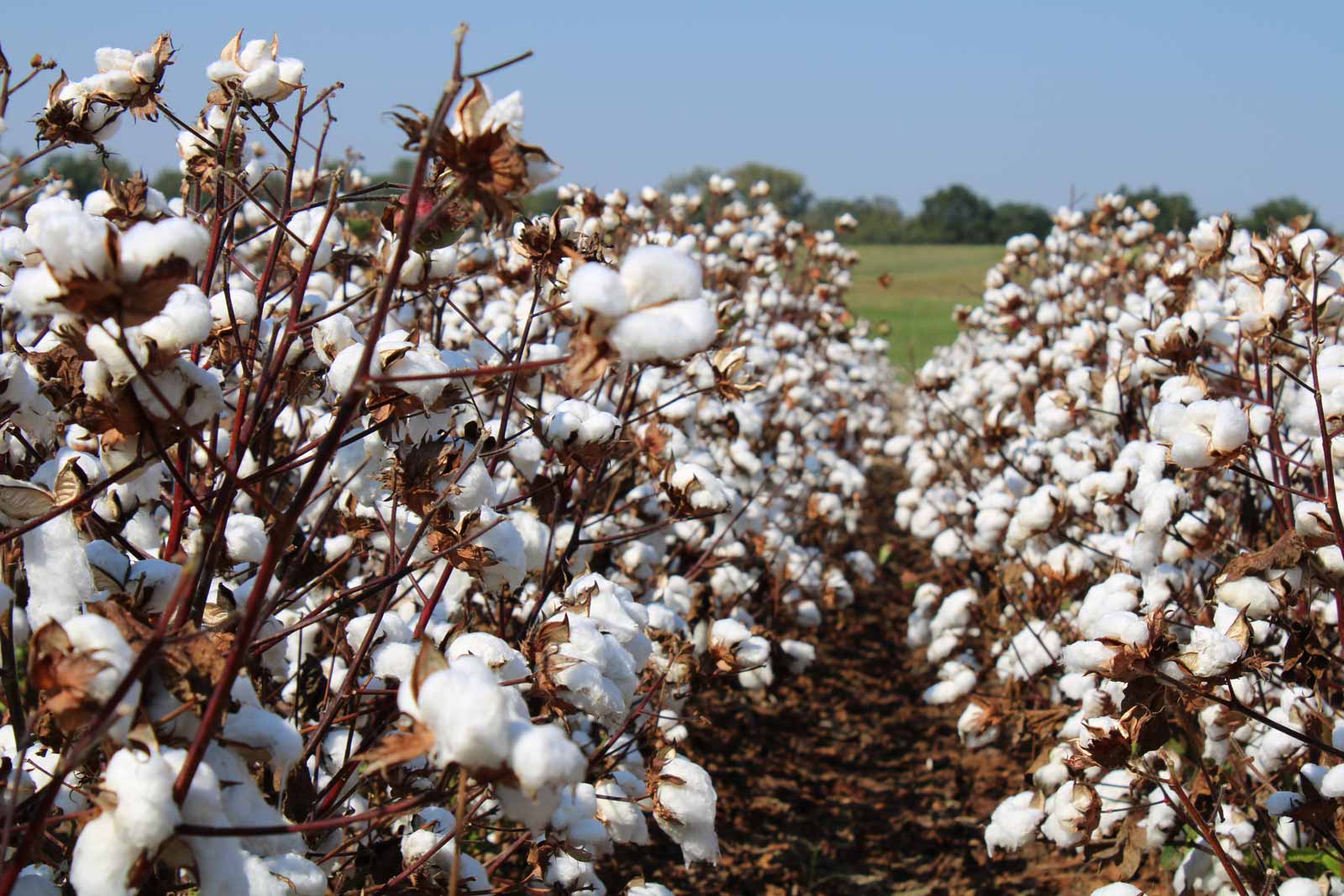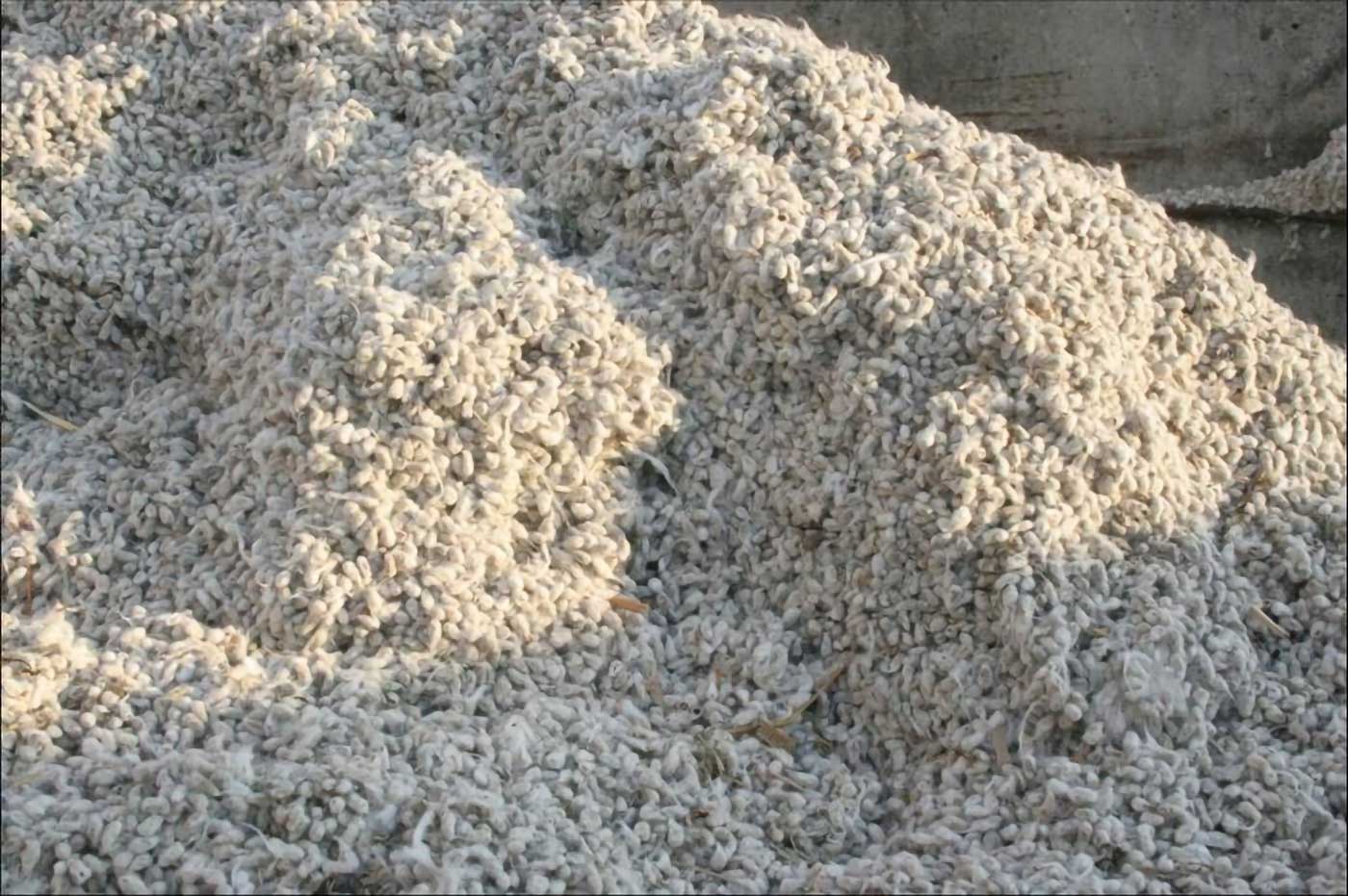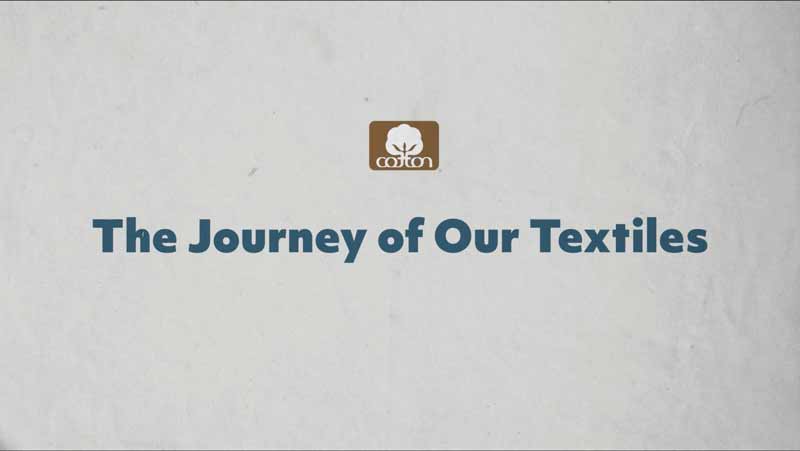- The Global Challenge: The global conversation remains active—as the issue persists and new research continues to emerge, attention is expanding to include the full lifecycle of materials, especially synthetic textiles. As a result, the need for alternatives to persistent plastics is becoming increasingly important.
- The Scientific Link: Expanding research now directly connects synthetic textiles (polyester, nylon) to plastic pollution and its potential human health impacts, as these particles are found to accumulate in the food chain and human body.
- A Major Source of Plastic Leakage: Further underscoring this challenge, a significant study published last year in Nature Communications identified synthetic apparel as a primary contributor to global plastic leakage, accounting for an estimated 7.4 million metric tons annually across geographic markets.
- The Distinct Advantage of Cotton Fiber: Unlike synthetic materials, cotton fiber itself does not shed microplastics. As a natural cellulose fiber, it is inherently biodegradable. This allows it to break down naturally in the environment, and any microfibers it sheds do not contribute to microplastic pollution.
Around the world, images of plastic-filled oceans and landfills have become stark reminders of an escalating environmental crisis. Increasingly, research is exploring the potential human health implications of microplastics, which have been detected in water, food, and even human tissues.1 2 3 As regulations and industry standards around sustainability and material use continue to evolve, natural fibers like cotton are emerging as a key part of the answer to global plastic pollution. Cotton fiber offers brands a natural, renewable, and biodegradable alternative, providing a way to future-proof their products and reputations in a rapidly changing world.
The Expanding Focus on Plastics: Why Textiles Are Next
Much of the global conversation on plastic pollution has focused on visible waste—water bottles, grocery bags, straws, and other single-use items. But as scientific understanding deepens, attention is shifting to a broader, less visible threat found in our closets. Scientific research now confirms that synthetic textiles are a massive, yet often overlooked, source of this pollution, releasing a constant stream of microplastic fibers and macroplastic waste to our environment.4
Every time we wash clothing—whether made from natural or synthetic fibers—tiny microfibers are shed. Synthetic fibers such as polyester, nylon, and acrylic, can release microplastic fibers during laundering. A single load of laundry can release hundreds of thousands of microplastic fibers.1 Most wastewater treatment plants cannot fully capture them, allowing microplastics to enter rivers, lakes, and oceans, where they persist for decades and accumulate in the food chain.1
Macroplastics—larger fragments from discarded synthetic garments—also contribute significantly to plastic pollution. The apparel industry is estimated to be responsible for 8.4 million metric tons of plastic pollution annually, based on 2019 data. Most of it from these larger pieces, which eventually break down into microplastics.4
Synthetics: A Material Consideration for Fashion Brands
Synthetics account for more than 65% of global fiber production, with polyester alone making up over half of all textiles produced. 5 However, these advantages come with significant and growing risks.
First, synthetic fibers are derived from fossil fuels. Most synthetic fabrics are made from polyethylene terephthalate (PET)—the same plastic used in single-use bottles and packaging. Second, and perhaps more urgently, synthetic fibers are a leading source of microplastic pollution. Studies show that the laundering of synthetic textiles account for approximately 35% of primary microplastics released into the environment each year.1 Unlike natural fibers, these microplastics do not biodegrade; instead, they accumulate in aquatic ecosystems, enter the food chain, and have even been detected in drinking water and human bodies.1 2 3
Cotton: The Natural Alternative
Cotton stands out as a natural fiber solution that aligns with both performance and sustainability objectives. As a natural cellulose fiber, cotton is grown from the earth and is biodegradable in many different environments.6 This next section explores the key advantages that make cotton a compelling choice for brands.
- Rapid Biodegradation: Research shows that 100% cotton spun yarns biodegrade by up to 90% in just 38 days in activated sludge from wastewater treatment environments—regardless of dye or finish—while polyester microfibers show little to no degradation over the same period.7 In fact, microfibers generated from dyed and finished cotton fabrics have been shown to biodegrade faster than an oak leaf—except in the case of durable press finishes, which may slow down the process.8
- Natural Performance: Cotton is breathable, naturally hypoallergenic, and doesn’t trap odors, making it a favorite for comfort and performance.
- Renewable Resource: Cotton is planted and harvested annually, making it a renewable resource. Its cultivation is part of the earth’s natural carbon cycle, and advances in sustainable farming practices are reducing its environmental footprint.
- Scalable and Cost-Effective Infrastructure: Cotton is not a niche alternative. It is a globally traded commodity with a well-established supply chain, making it a practical and scalable solution for brands. This global scale provides significant economic advantages. Compared to many emerging bio-based fibers, cotton is often cost-neutral or more affordable, removing a key financial barrier to adoption.
- Transparent and Verifiable: Traceability and sustainability programs provide brands with verified data on environmental performance, supporting transparent responsible sourcing claims and compliance with evolving regulations.
Future-Proofing Your Supply Chain
As the world moves toward stricter regulation and greater transparency, brands that proactively consider a balance of material choices—including natural fibers like cotton—will be better positioned to:
- Regulatory Preparedness: By shifting away from synthetics, brands can reduce exposure to future plastic-related restrictions and reporting requirements.
- Consumer Trust: Today’s consumers are more informed and value-driven than ever. They want to know what’s in their clothes, how they’re made, and what impact they have on the planet. The 2023 Global Durability Study, conducted by Cotton Incorporated and Cotton Council International with a sample of 9,151 consumers, found that 83% of respondents expect cotton clothing to be more durable than apparel made from manmade fibers. Choosing cotton allows brands to tell a compelling story about durable natural materials, biodegradability, and environmental responsibility.
- Responsible Leadership: Choosing cotton allows brands to substantiate claims of quality and sustainability with verifiable data. By leveraging cotton’s durability and non-contribution to microplastic pollution, brands can build consumer trust. Cotton Incorporated provides the scientific backing and data-driven insights to communicate these advantages with credibility.
- Innovation and Differentiation: Cotton’s versatility enables innovation in product design. As new technologies and growing practices emerge —such as water-saving irrigation, regenerative agriculture, and traceable supply chains—cotton’s sustainability story will only grow stronger.
Tying it Together
The collapse of the latest UN plastics treaty discussions has underscored the complexity of creating a unified global response to plastic pollution. However, action continues at local and regional levels, and the conversation—and ambition—for a comprehensive global framework is very much alive, driven by the ongoing reality of plastic pollution and the continued expansion of scientific research in this area. As the science on microplastics and their impacts becomes clearer, the call for sustainable, scalable solutions will only intensify. Cotton offers a ready-made answer—one that is natural, biodegradable, and proven at scale.

Jesse Daystar – Vice President, Chief Sustainability Officer
[1] International Union for Conservation of Nature (IUCN). (2017). Primary microplastics in the oceans: A global evaluation of sources (IUCN Issues Brief No. 2017-002). Gland, Switzerland: IUCN. Retrieved from https://portals.iucn.org/library/node/46622
[2] Nihart, A.J., Garcia, M.A., El Hayek, E. et al. Bioaccumulation of microplastics in decedent human brains. Nat Med 31, 1114–1119 (2025). https://doi.org/10.1038/s41591-024-03453-1
[3] Roslan, N. S., Lee, Y. Y., Ibrahim, Y. S., Anuar, S. T. T., Ku Yusof, K. M. K., Lai, L. A., & Brentnall, T. (2024). Detection of microplastics in human tissues and organs: A scoping review. Journal of Global Health, 14, 04179. https://doi.org/10.7189/jogh.14.04179
[4] Kounina, A., Daystar, J., Chalumeau, S., Devine, J., Geyer, R. Pires, S., Uday Sonar, S., Venditti, R., Boucher, J. (2024). “The global apparel industry is a significant yet overlooked source of plastic leakage.”
[5] Textile Exchange. (2024). Materials Market Report 2024. Retrieved from https://textileexchange.org/app/uploads/2024/09/Materials-Market-Report-2024.pdf
[6] Hubbe, M.A., Daystar, J.S., Venditti, R.A., Pawlak, J.J., Zambrano, M.C., Barlaz, M., Ankeny, M., Pires, S. (2025). Biodegradability of Cellulose Fibers, Films, and Particles: A Review. BioResources20(1), 2391-2458. Link
[7]Zambrano, M. C., Pawlak, J. J., Daystar, J., Ankeny, M., Goller, C. C., & Venditti, R. A. (2020). Aerobic biodegradation in freshwater and marine environments of textile microfibers generated in clothes laundering: Effects of cellulose and polyester-based microfibers on the microbiome. Marine Pollution Bulletin. Link
[8] Zambrano, M. C., Pawlak, J. J., Daystar, J., Ankeny, M., & Venditti, R. A. (2021). Impact of dyes and finishes on the aquatic biodegradability of cotton textile fibers and microfibers released on laundering clothes: Correlations between enzyme adsorption and activity and biodegradation rates. Marine Pollution Bulletin. Link


